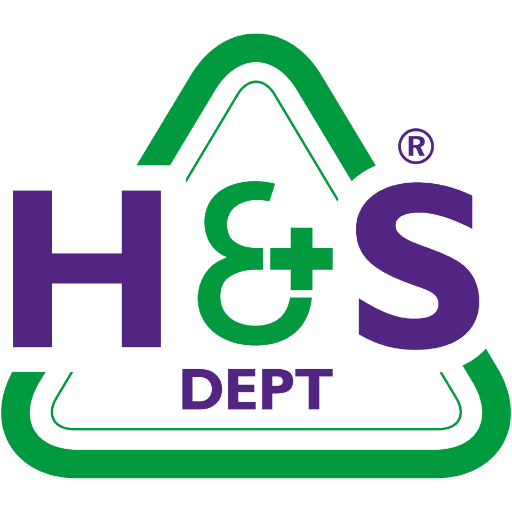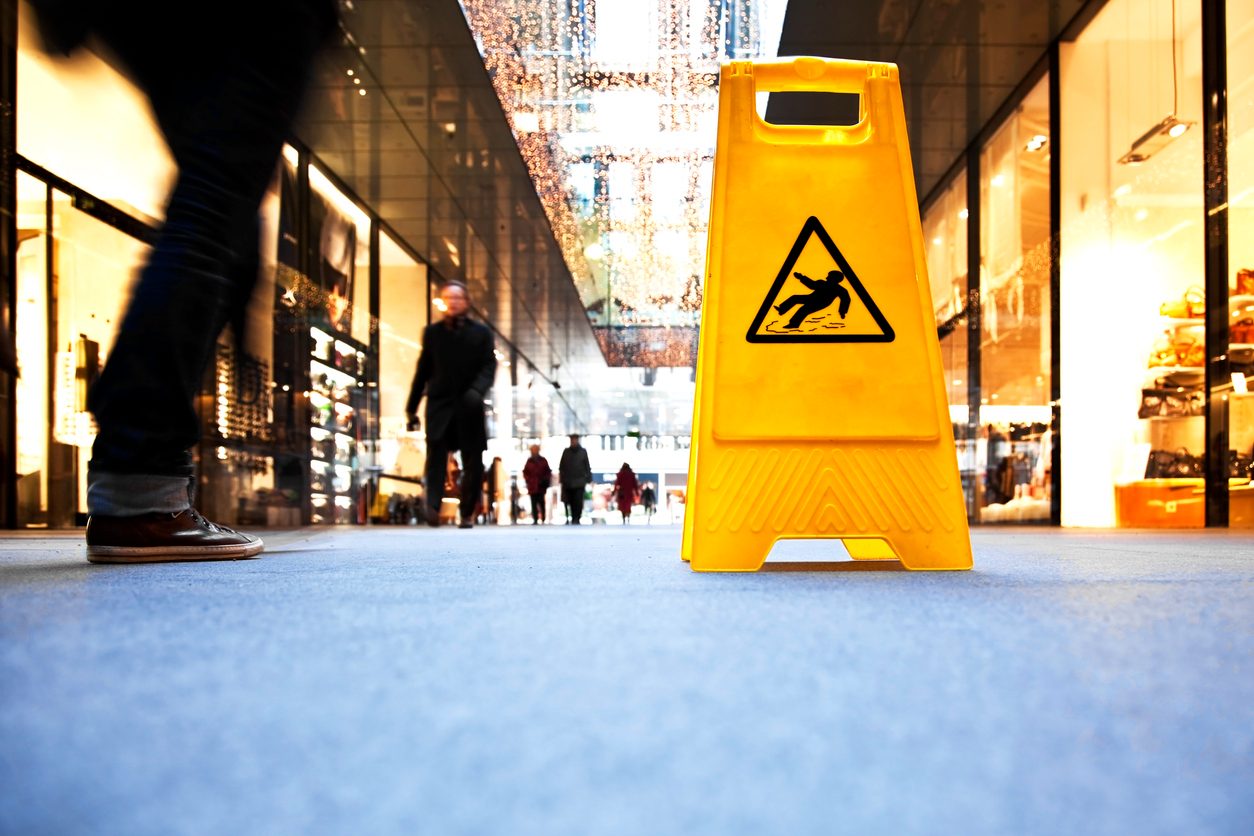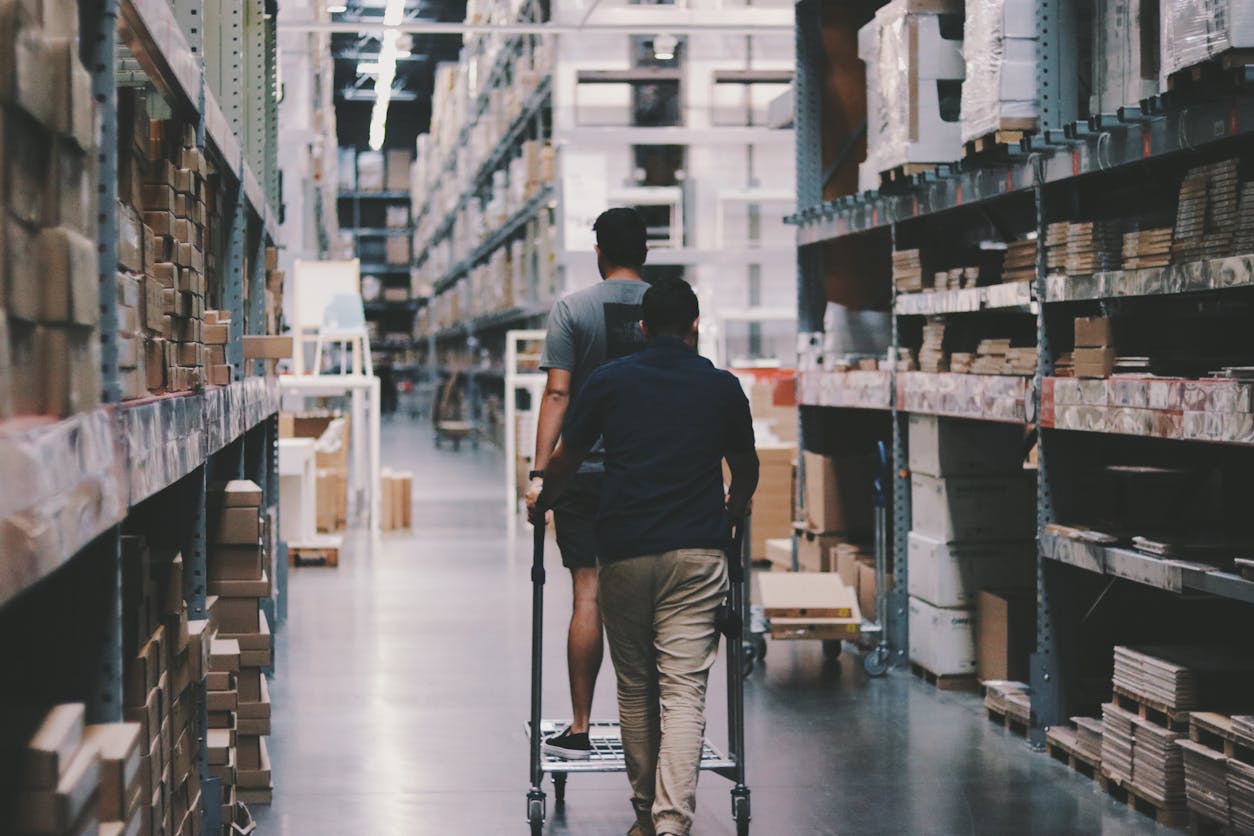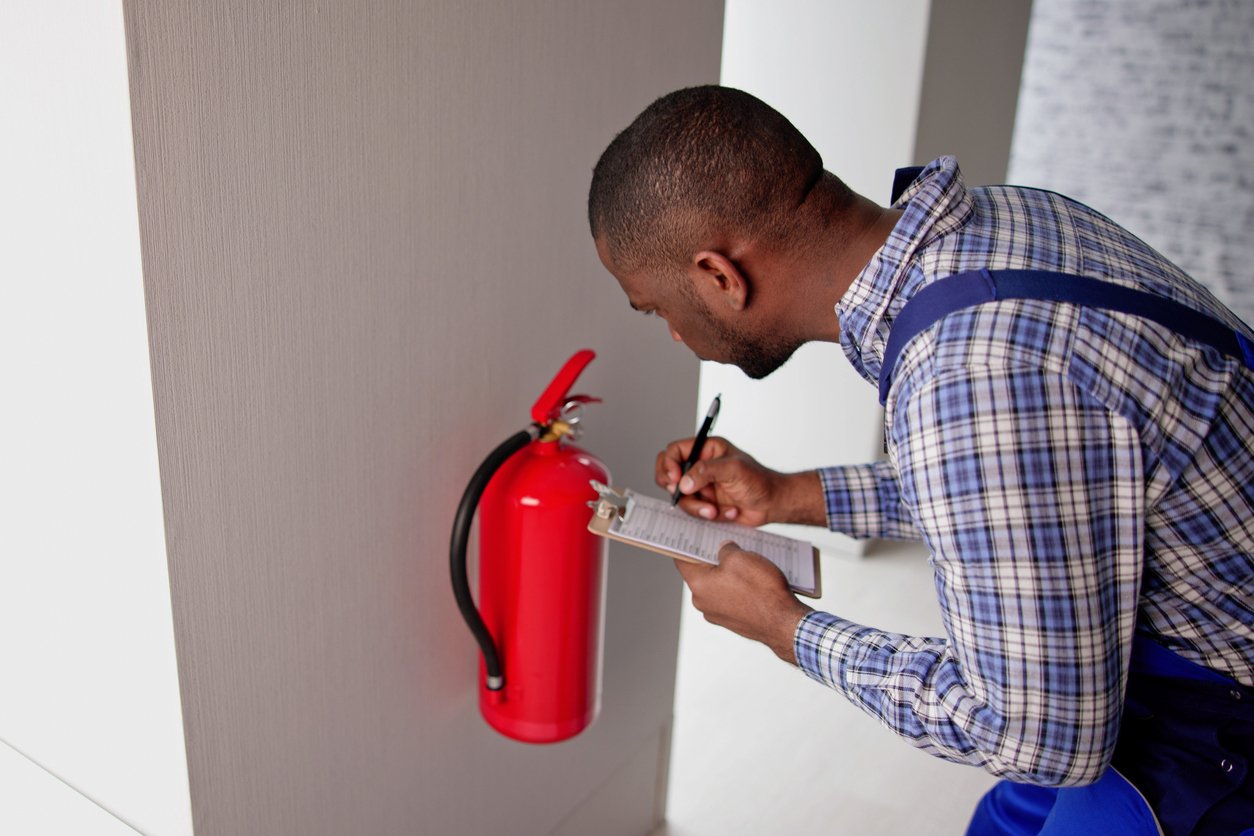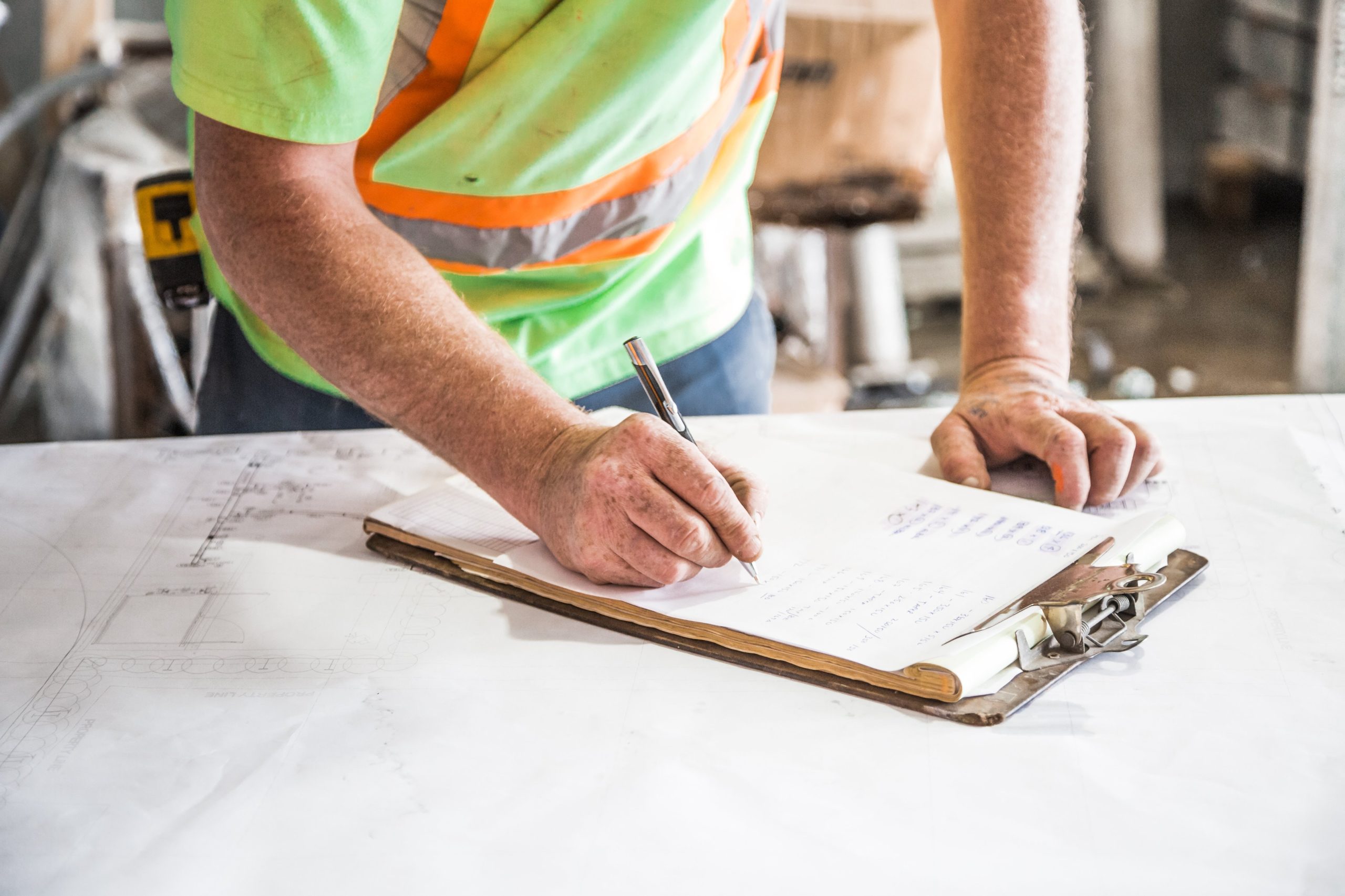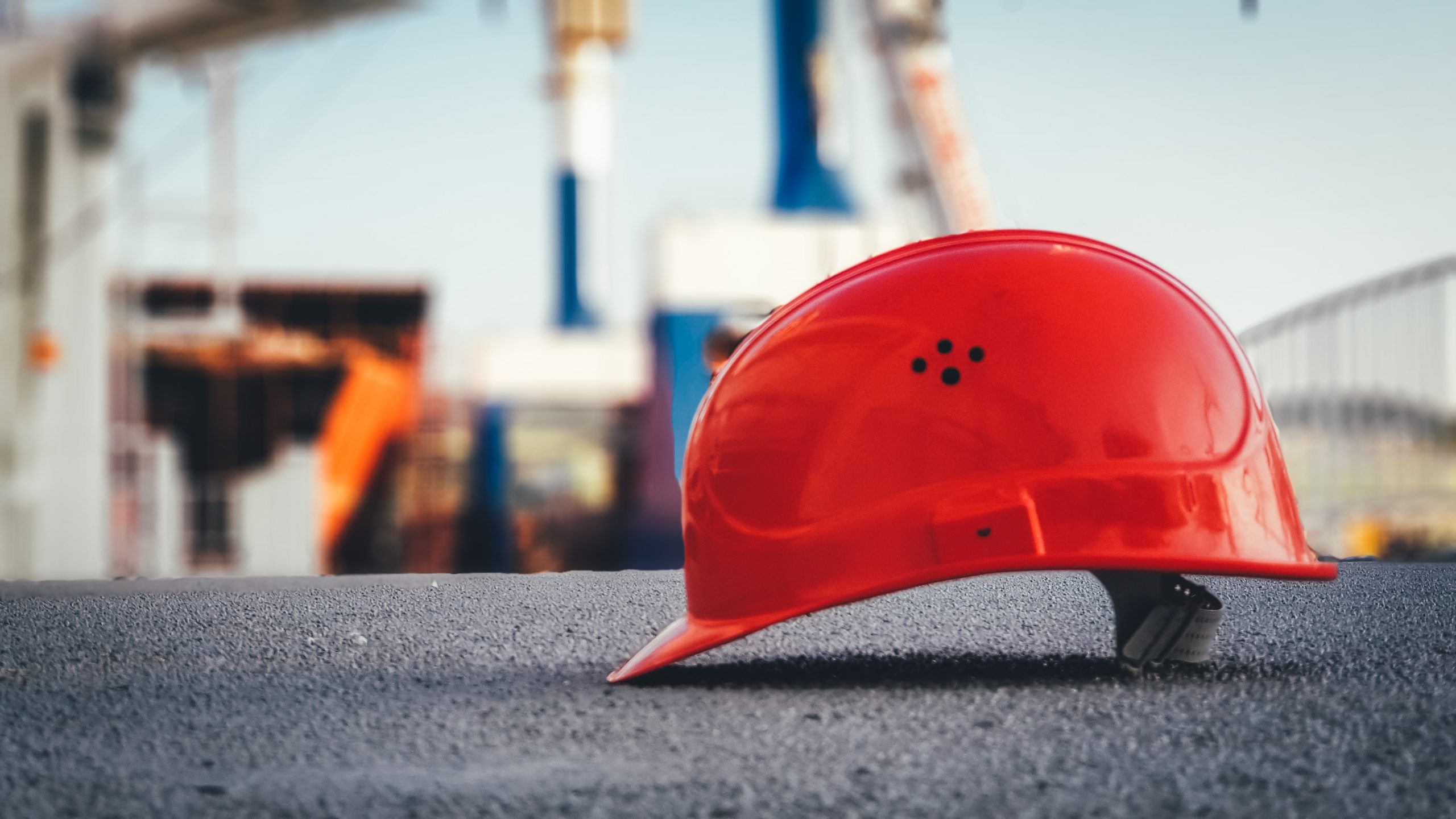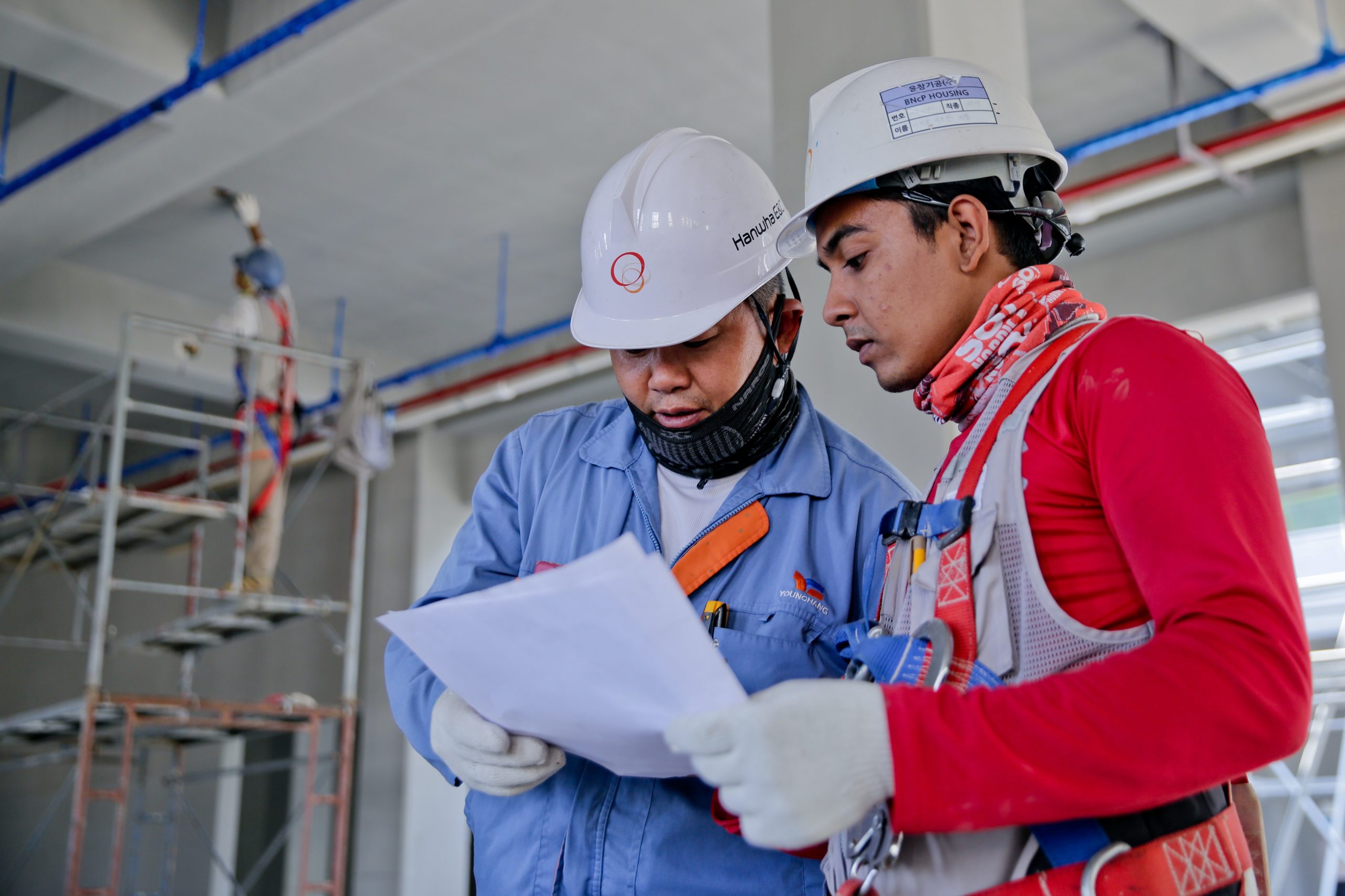A gym should be a place where people can focus on their health and fitness without worrying about their safety. But with heavy equipment, high footfall and a mix of abilities and experience levels, gyms present a variety of risks that need to be managed. Whether you run a small personal training studio or a large commercial gym, identifying hazards and implementing control measures is essential to maintaining a safe and compliant environment.
In this article, we’ll explore why gym risk assessments matter, the common hazards to be aware of, and how to carry out a thorough assessment to keep your gym safe.
Why Are Gym Risk Assessments Important?
To state the obvious, a risk assessment is more than just a piece of paperwork; it’s a proactive way to prevent accidents, reduce liability and create a safer gym environment.
For gym owners and managers, legal compliance is a key concern. The Health and Safety at Work Act 1974 places a duty on employers to protect the health, safety and welfare of their employees and the public. This includes carrying out regular risk assessments and taking reasonable steps to minimise risks.
Failure to meet these requirements could result in hefty fines, reputational damage or even legal action in the event of an accident. More importantly, a well-managed gym improves member confidence and retention, as people are far more likely to return to a facility that feels safe and well-maintained.
What Are the Common Hazards in a Gym?
As you’d expect, gyms come with a range of potential hazards, and failing to address them can lead to injuries or accidents. Some of the most common risks include:
Gym Equipment
Faulty, worn-out or misused equipment can cause serious injuries. Machines with moving parts, free weights and accesories all present risks if they are not properly maintained or used incorrectly. A gym equipment risk assessment should consider not only the condition of machines but also whether members have received proper instruction on how to use them safely.
Slips, Trips and Falls
Sweaty gym-goers, water bottles and changing room showers create slip hazards, while cluttered gym floors and uneven surfaces increase the risk of trips and falls. Ensuring good housekeeping, regular cleaning and clear walkways is vital for minimising these risks.
Hygiene and Infection Control
Gyms are high-contact environments where bacteria and viruses can spread easily. Shared equipment, mats and changing areas need to be cleaned regularly, and members should be encouraged to wipe down machines after use. Poor hygiene can lead to outbreaks of skin infections, flu or even more serious health concerns.
Poor Technique
Many gym injuries happen because members push themselves too hard or lack proper guidance on form and technique. Without supervision, there’s a higher risk of strains, sprains or more serious musculoskeletal injuries. Clear instructions, induction sessions and personal trainers can help reduce these risks.
Fire and Emergency Hazards
Gyms need clear emergency procedures in place, including fire exits, first aid stations and evacuation plans. A lack of preparedness in an emergency could lead to serious consequences, particularly in a busy gym where large groups of people need to exit safely.
How to Conduct a Gym Risk Assessment
A thorough risk assessment follows a structured process to ensure no hazards are overlooked. Here’s how gym owners and managers can approach it:
Step 1: Identify Hazards
Walk through the gym, paying close attention to equipment, flooring, hygiene standards and emergency procedures. Observe how members interact with the space – are weights being left out? Are machines properly maintained?
Step 2: Assess Who Might Be Harmed and How
Different groups will have different risks. Staff might be at risk of repetitive strain injuries from cleaning and maintenance tasks, while members could face hazards from incorrect equipment use or poor gym layout.
Step 3: Evaluate Risks and Implement Controls
Once hazards are identified, you need to determine the likelihood of harm occurring and put control measures in place. For example:
- If gym floors are often wet, installing anti-slip flooring or placing extra mats in high-risk areas can help.
- If members misuse equipment, providing mandatory induction sessions can reduce the risk of injury.
- If fire exits are obstructed, regular safety checks and clear signage will improve emergency preparedness.
Step 4: Record and Communicate Findings
Risk assessments must be documented and shared with relevant staff. Clear policies and procedures should be in place to ensure everyone understands their role in maintaining safety.
Step 5: Review and Update Regularly
A risk assessment is not a one-time task. It should be reviewed regularly, especially if new equipment is installed, incidents occur or the gym layout changes. Staying proactive ensures continued compliance and safety.
Best Practices for Maintaining Gym Safety
Carrying out a gym risk assessment is just the first step – ongoing safety management is crucial. To maintain a safe environment, gym owners should:
- Provide regular staff training on health and safety procedures.
- Conduct routine maintenance checks on all gym equipment.
- Ensure clear signage is in place, particularly around high-risk areas.
- Implement strict cleaning and hygiene protocols.
- Offer member inductions to educate users on safe gym practices.
- Prepare for emergencies with fire risk assessments and first aid provisions.
By making safety a continuous priority, gyms can reduce risks and create an environment where both staff and members feel protected.
How The Health & Safety Dept Can Help
A gym risk assessment is an essential part of running a safe, compliant fitness facility. By identifying hazards, implementing effective control measures and keeping up with legal requirements, gym owners can reduce risks, protect members and enhance their reputation.
If you need professional guidance in conducting risk assessments or improving your gym’s safety procedures, The Health & Safety Dept is here to help. Get in touch today to find out how we can support your business.
